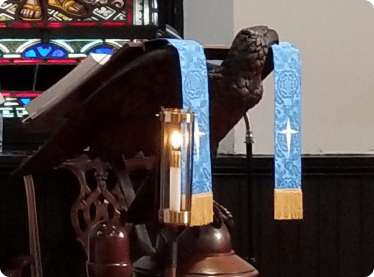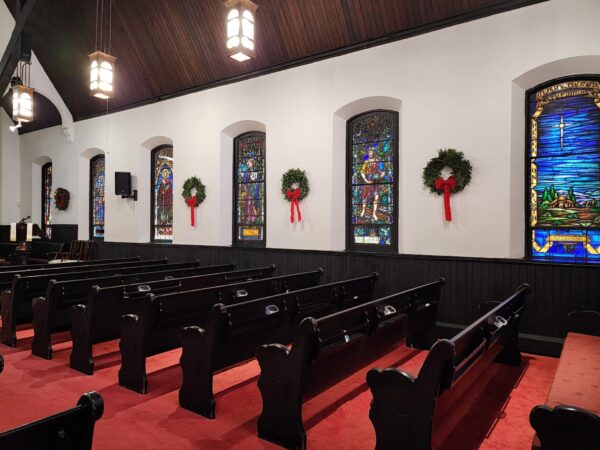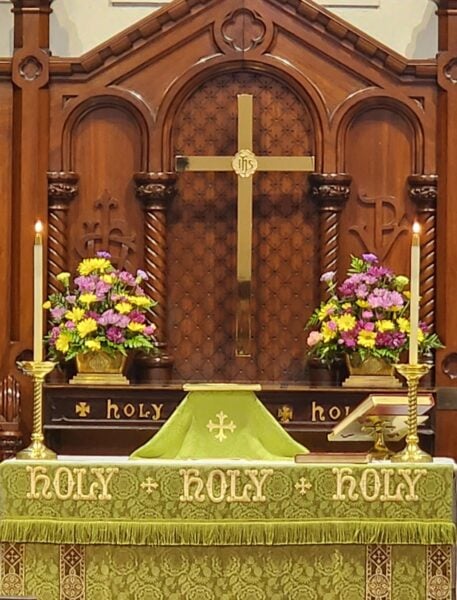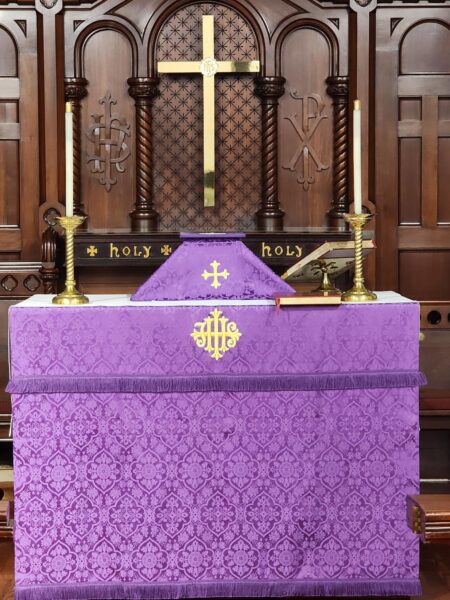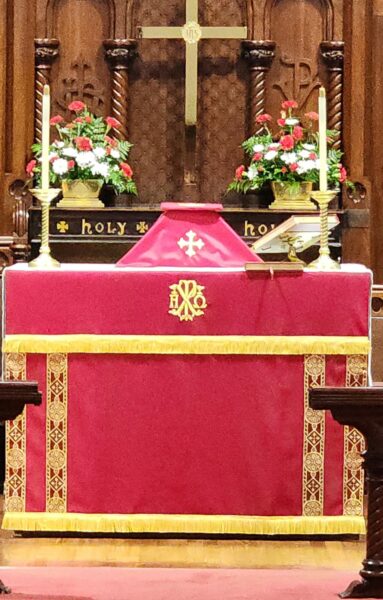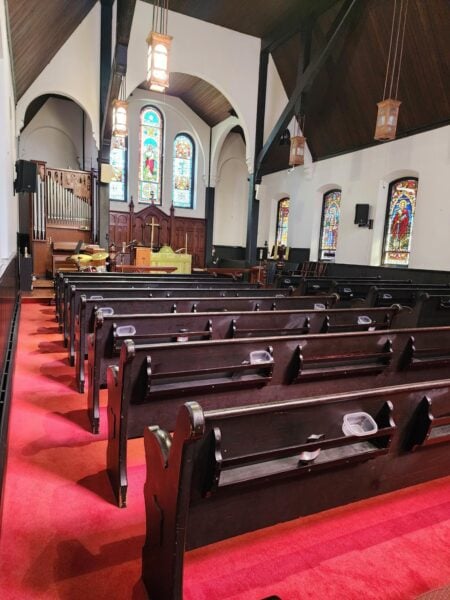Our worship tradition is observed in the context of what refer to as the Liturgical Church Year.
Below is a brief description of the seasons and the general mood of each particular season. In addition, during these times, the colors used on the altar and in the church will correspond to the particular season.
Calendar of the Church Year
Advent
The first season of the church year, beginning with the fourth Sunday before Christmas and continuing through the day before Christmas. The name is derived from a Latin word for "coming." The season is a time of preparation and expectation for the coming celebration of our Lord's nativity, and for the final coming of Christ "in power and glory."
Christmas
The first season of the church year, beginning with the fourth Sunday before Christmas and continuing through the day before Christmas. The name is derived from a Latin word for "coming." The season is a time of preparation and expectation for the coming celebration of our Lord's nativity, and for the final coming of Christ "in power and glory."
Epiphany
Jesus' birth was celebrated on this day in both eastern and western churches. The western church commemorated the coming of the Magi on Jan. 6. The eastern church continued to celebrate the Baptism of our Lord and the Wedding at Cana on Jan. 6. In the east the day was called "Theophany" (manifestation of God). The coming of the Magi is celebrated on the Feast of the Epiphany, Jan. 6, in the BCP. The Baptism of our Lord is celebrated on the First Sunday after the Epiphany.
Lent
The season of Lent (from an Old English word meaning "spring," the time of lengthening days) has a long history. Originally, in places where Pascha was celebrated on a Sunday, the Paschal feast followed a fast of up to two days. In the third century this fast was lengthened to six days. Eventually this fast became attached to, or overlapped, another fast of forty days, in imitation of Christ's fasting in the wilderness. The forty-day fast was especially important for converts to the faith who were preparing for baptism, and for those guilty of notorious sins who were being restored to the Christian assembly. In the western church the forty days of Lent extend from Ash Wednesday through Holy Saturday, omitting Sundays. The last three days of Lent are the sacred Triduum of Maundy Thursday, Good Friday, and Holy Saturday.
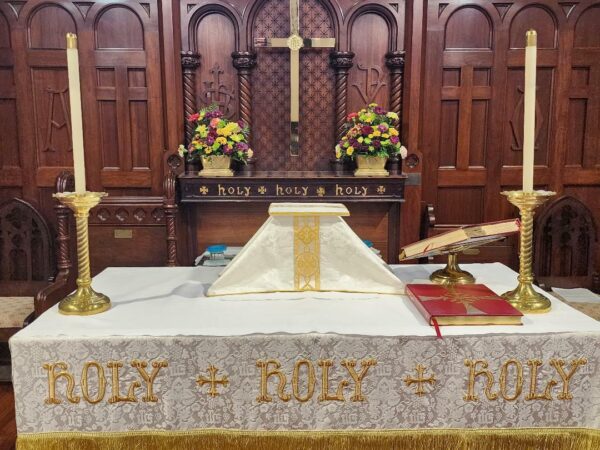 Easter
Easter
The feast of Christ's resurrection. According to Bede, the word derives from the Anglo-Saxon spring goddess Eostre. Christians in England applied the word to the principal festival of the church year, both day and season. 1) Easter Day is the annual feast of the resurrection, the pascha or Christian Passover, and the eighth day of cosmic creation. Faith in Jesus' resurrection on the Sunday or third day following his crucifixion is at the heart of Christian belief. Easter sets the experience of springtime next to the ancient stories of deliverance and the proclamation of the risen Christ
Pentecost
The season after Pentecost, according to the calendar of the church year (BCP, p. 32). It begins on the Monday following Pentecost, and continues through most of the summer and autumn. It may include as many as twenty-eight Sundays, depending on the date of Easter. This includes Trinity Sunday which is the First Sunday after Pentecost.
Ordinary Time
This term is used in the Roman Catholic Church to indicate the parts of the liturgical year that are not included in the major seasons of the church calendar. Ordinary time includes the Monday after the Feast of the Baptism of our Lord through the Tuesday before Ash Wednesday, and the Monday after Pentecost through the Saturday before the First Sunday of Advent. A vigil or other service anticipating the First Sunday of Advent on the Saturday before that Sunday would also be included in the season of Advent. Ordinary time can be understood in terms of the living out of Christian faith

